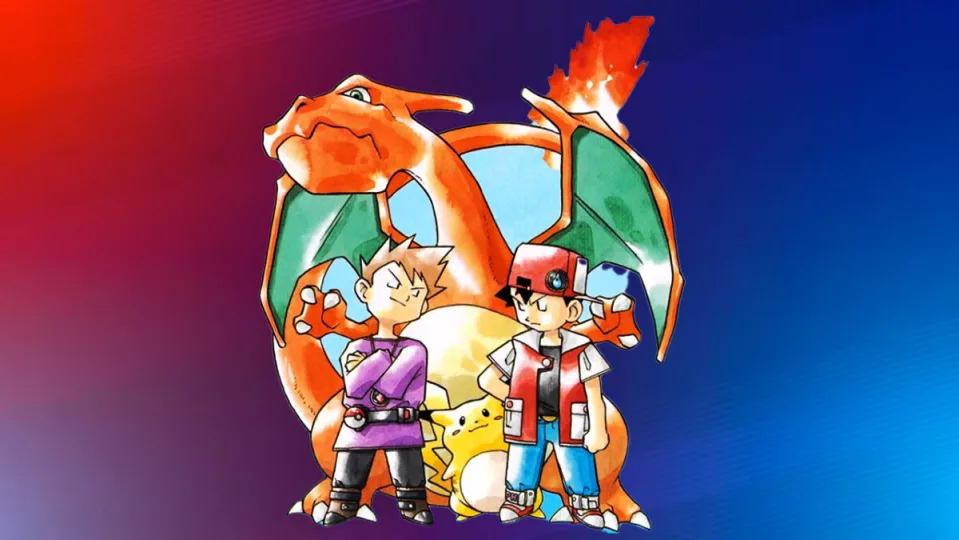February 27th marks Pokémon Day, the company’s official day to celebrate the Japanese release of Pokémon Red and Green (Pokémon Red and Blue in the West). This day is usually used to present new additions to the franchise, such as new games or DLCs. In addition, Pokémon-themed parties are held throughout Japan.
But how did Pokémon manage to reach the success it has become today? Today we take advantage of Pokémon Day to take a look back at the first generation of video games that brought the saga. From Bulbasaur to Mewtwo, with these first 151 creatures they proved that this was something totally new. However, their story was much more complex than we imagined.

Satoshi Tajiri: the ideologist behind Pokémon
No matter how spectacular they may be, great phenomena do not usually come from great inspirations. From Newton’s Law of Gravity, which was born after an apple fell on the physicist’s head, the small details of everyday life have served as inspiration to create the greatest milestones of humanity. In the case of Pokémon, we have to go all the way back to the early childhood of Satoshi Tajiri, the video game designer who created the series, to understand where it came from.
Tajiri lived in Machida, a city on the outskirts of Tokyo characterized by working-class families. Born in 1965, one of his favorite hobbies during his early years was to visit the many rural areas of the area – many of which have disappeared due to the growth of the city – in search of insects to catch. As he has explained on the few occasions he has allowed himself to be interviewed, he had an immense insect collection that earned him the nickname “Doctor Bug” among his family.
More or less, you can imagine young Tajiri as one of those bug hunters that appeared in the Green Forest of the first generation of Pokémon. Only, instead of being loaded with Caterpies and Weedles, he had an impressive collection of beetles and butterflies.
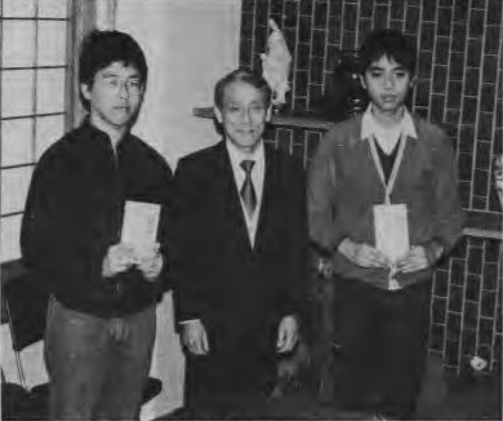
But if there was one thing that paved the way for Tajiri in creating the Pokémon imaginary, it was video games. It is no coincidence that the most identifiable phenomenon of this generation was born from a game and not from a manga or an animated series. The creator of Pokémon admitted to having become obsessed with Space Invaders to the point of skipping school to go to the arcade. Because of his little obsessions, he almost failed to graduate from high school.
His father even offered him a job at the Tokyo Electric Power Company to give him a minimally channeled future, but Tajiri turned down his offer and worked hard to get his diploma. As soon as he did, it became clear that his hobby was not just a hobby, and from that point on, he strived to become a video game developer.
At the age of sixteen, Tajiri won a Sega contest for the best idea for a video game. To do so, he had to disassemble his Famicom console, analyzing it to see how it worked before exploring the possibilities of his first project. But breaking into the video game industry was no easy task. Despite the fact that Japan was home to a large part of the world’s gamer population, Tajiri was just a young enthusiast who had won a contest for teenagers.
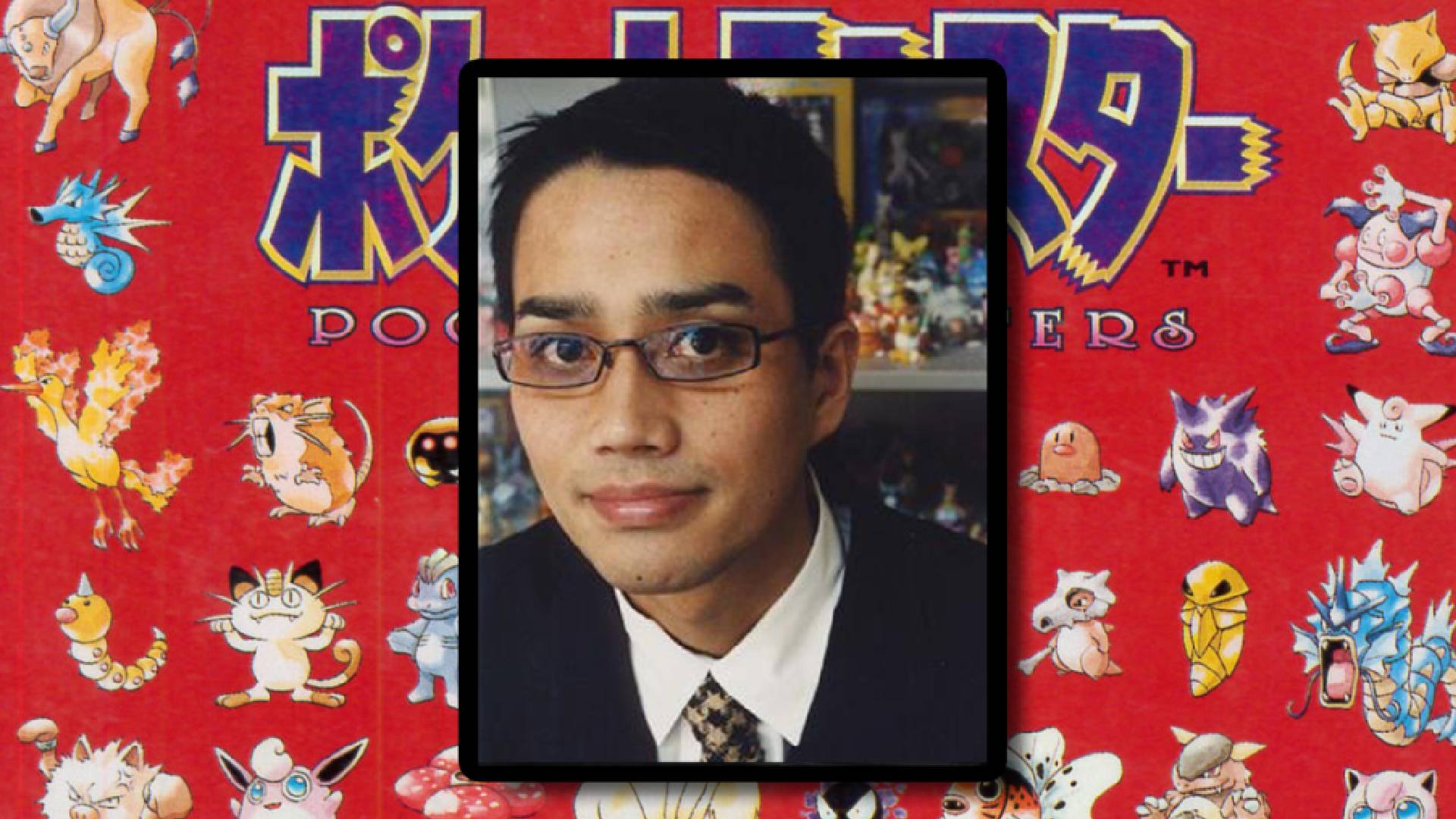
In this way, he did a two-year technical degree at the National Technological School of Tokyo while he began to collaborate in various specialized magazines as a game tester. Then, together with his friend Ken Sugimori, who currently serves as art director of Pokémon and was the creator of the first 151 creatures, he launched a fanzine called Game Freak in 1982.
Satoshi Tajiri knew that Game Freak could become much more than a fanzine, so he gathered his team with Junichi Masuda, a programmer and musical composer, to develop their first video game. The three young dreamers had to hack a NES to find out how it worked inside, since they didn’t have the development package used by professionals. But their efforts were not enough and Nintendo slammed the door in their faces when they tried to sell them the project. It was Namco, which at that time already had a certain reputation in the industry, who ended up making a place for them in their company. And so, in 1989, they released their first title for the NES: Quinty (Mendel Palace in the US).
Despite having nothing to do with Pokémon, Quinty already laid the groundwork for some of the key elements of the franchise. The characters were blue and green, very colorful and dressed with a vest and cap; something similar to what we would see in the first Pokémon Red and Blue (or Red and Green in Japan). The video game could be played by one person or two, laying the seed for the cooperation between players that would later be explored so much in Pokémon. And, despite having the typical story of saving the princess, it was played with a youthful tone similar to that used in his great work.
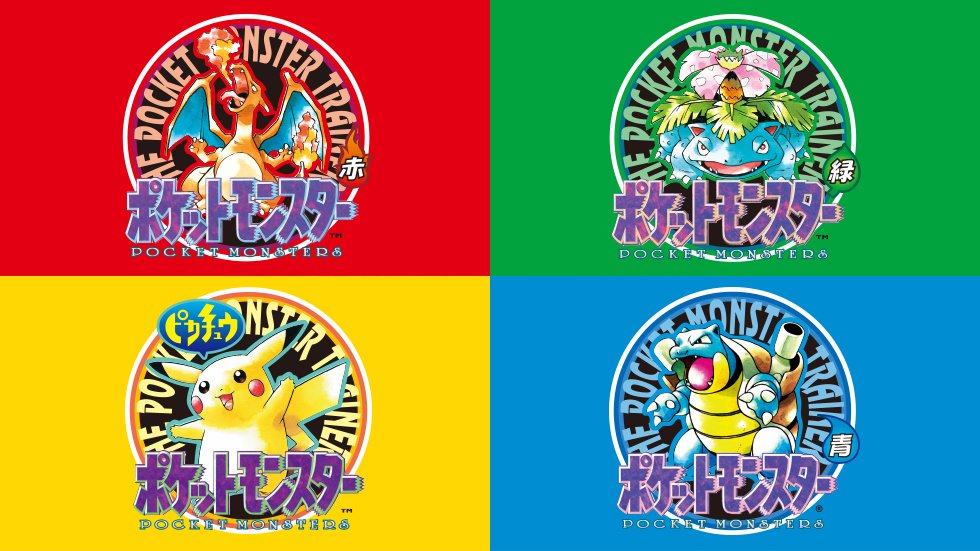
The difficult development of Pokémon Red and Green
Thanks to Quinty, Satoshi Tajiri fulfilled his dream of becoming a video game developer. The title had succeeded internationally and, although it was a long way from its current fame, Game Freak was already a company in its own right. The dream of three friends had become a fruitful business, so it was time to make a new bet.
With the Game Boy console just hitting the market, Tajiri’s head was filled with ideas about the next video game he wanted to make. Thanks to the Cable Link, a milestone in technology that allowed two consoles to connect and interact with each other, the developer began to think of mechanics that could be adapted to the handheld tool.
Little by little, Game Freak came up with the project, which was initially called Capsule Monsters. It was a role-playing game in which the protagonist would have capsules in which he could store the monsters he encountered. At first, the monsters would be rivals, but when they were hunted they would become “fighters” with which to face other creatures. Tajiri’s idea was already underway, but Nintendo, the same company that had already announced its refusal to Game Freak when it was still a virgin studio, had yet to be convinced.
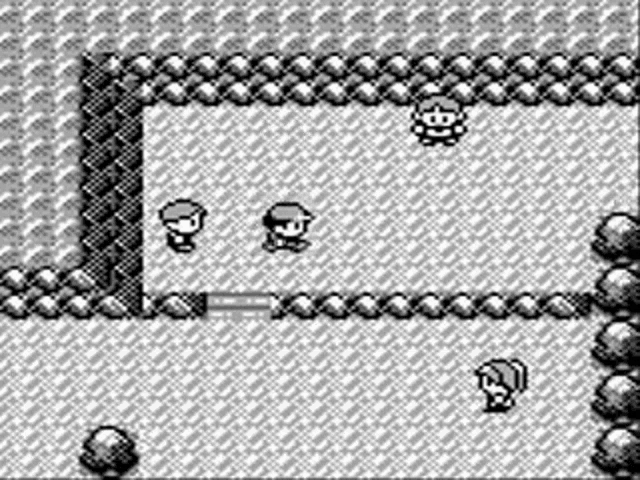
To get their hard-to-get support, Tajiri wrote a fictitious missive in which he highlighted what the press would say a month after its release. Among other virtues, he highlighted the possibility of swapping monsters between consoles and gave examples of the two hundred monsters they wanted to include, from a green dragon to a magical firefly.
The presentation of the project was so original that Nintendo bought the idea. And it fell into the hands of none other than Shigeru Miyamoto, the creator of some of the most famous games in history: Mario, The Legend of Zelda and Donkey Kong. Between Tajiri’s imagination and Miyamoto’s expertise, there was absolutely nothing that could go wrong. However, it took six years for the video game to become a reality.
Nintendo was working on many other projects, and Miyamoto-san could not devote himself to Pokémon as much as he would like, so it was a long and hard gestation. During those desperate years, the company stopped receiving financial benefits and was on the verge of bankruptcy. In fact, on more than one occasion Tajiri had to pay his own – and his parents’ – salaries out of his own pocket.
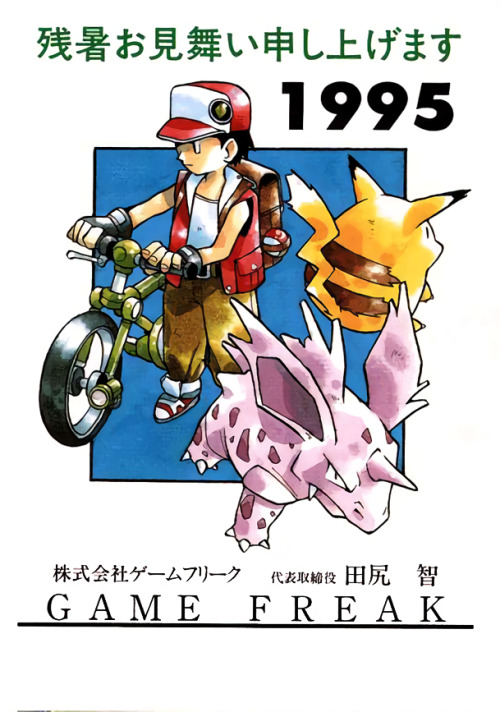
To make matters worse, the name Capsule Monsters was already registered, so they had to change it to Pocket Monsters in Japan and Pokémon in the West -the latter came about because of trademark problems with the word Pocket-. And, when everything seemed to be ready, the game’s release was delayed for several months due to last-minute problems.
In the end, the odyssey came to a beautiful end on February 27, 1996. On that day, thousands of Japanese children opened their boxes of Pocket Monster Green or Pocket Monster Red, the first editions to be released in the country. On that day, a phenomenon was born that would mark a generation and eventually reach every corner of the planet.
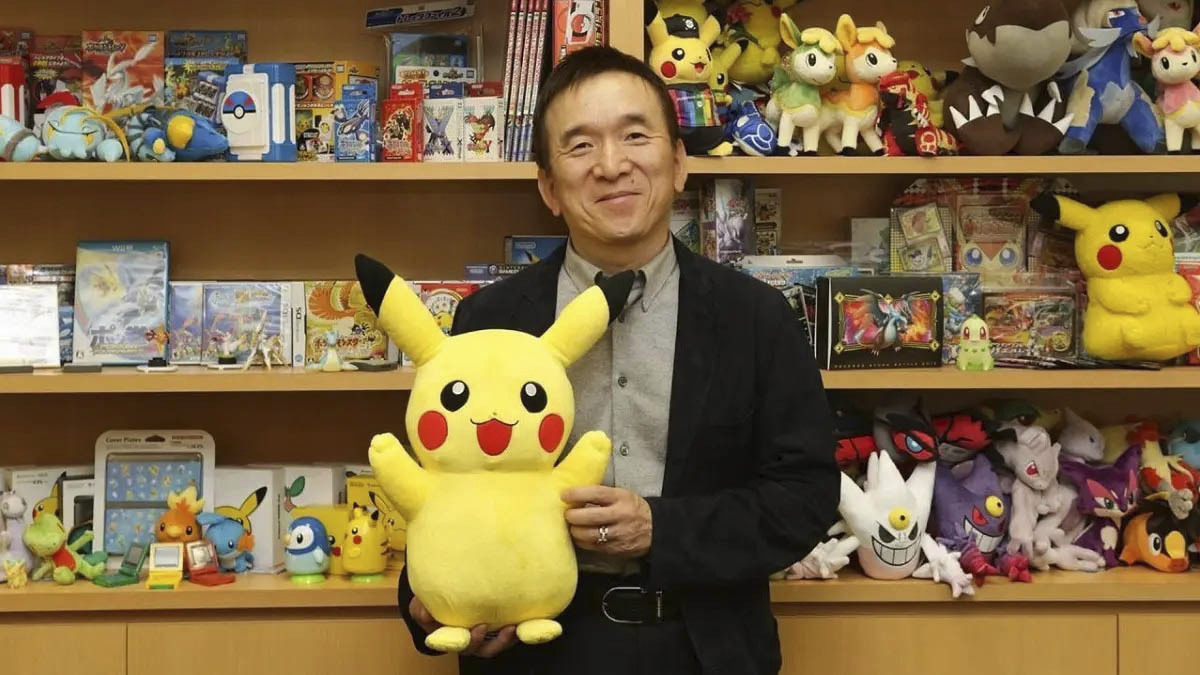
The secret behind Pokémon’s success
When someone thinks of the launch of Pokémon, they imagine fireworks and festivals full of people dressed up as Pikachu, but the reality was quite different. In its early stages in Japan, Pocket Monster was received without much glory. Video game magazines, which would later worship the franchise, barely dedicated the article to it. When it was released, the Game Boy was already an old machine, so for the first few months it barely remained in the Top 10 best-selling games. However, word of mouth and a good marketing campaign soon paid off.
The 151 creatures that came with the game were an attraction for collectors, the fact that it was an RPG with a youthful tone appealed to the more adventurous, and being able to exchange the creatures through a simple cable caused entire groups of friends to flock to the stores. Little by little, Pocket Monster climbed up the sales charts, reaching an incredible ten million copies sold, surpassing Tetris as the console’s best-selling game.

Pokémon became Nintendo’s biggest hit of the decade, so their international tour couldn’t suffer a single setback. Seeking to appeal to Western audiences, they prepared two versions somewhat different from the Japanese ones. Instead of choosing Pokémon Red and Green, they preferred to have Blastoise replace Venusaur on the cover, thus making Pokémon Red and Blue the versions that reached the whole world. In addition, they made the release of the video games coincide with that of the anime. In this way, children who watched Ash’s adventures could live their own Pokémon adventure.
The release of the game was a huge pressure for the Nintendo Spain branch. Although they had been looking forward to the release of the game for three years, they had the task of tripling the sales predictions they made, which were already much higher than usual. Added to this mission was an even more chaotic one. Not only would they have to triple sales, but they would also have to deal with all the merchandising that Pokémon implied.
Contrary to what happened with Dragon Ball, children would not have to trade in stolen photocopies; the Nintendo paraphernalia was already prepared to supply the thousands of children who would buy the video game. The anime, toys, stuffed animals, collectible cards, clothing, tazos, trading cards, school bags and a long etcetera would be the responsibility of Nintendo Spain. But, although in Japan it made sense that even children’s bed sheets were being traded, in Spain the phenomenon had not yet been born, so Pokémania arrived all at once, overwhelming the kids who did not quite understand where it all came from.
/cdn.vox-cdn.com/uploads/chorus_image/image/48450793/s-l1600.0.0.jpg)
But thanks to all this paraphernalia, they not only tripled the forecasts, but also sold many more units and became the best-selling titles in Spain. Pokémon Red and Pokémon Blue alone sold 880,000 units separately. And Pokémon Yellow, which was released less than a year later, sold 600,000.
This last version closed a generation that has not been surpassed by any other. Pokémon’s boom was fading in terms of sales of its videogames. But, as the latest games of the franchise have shown, its followers have not stopped growing.
